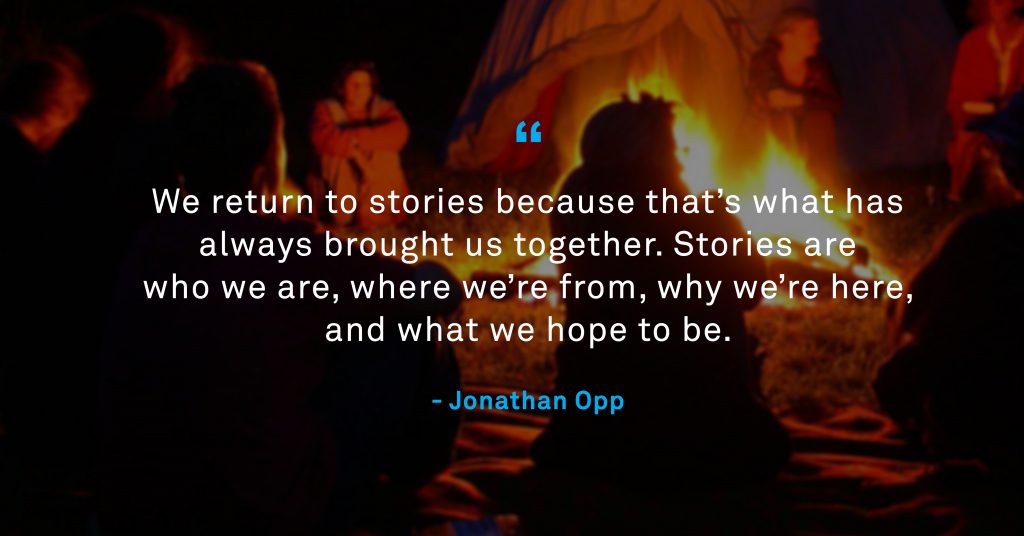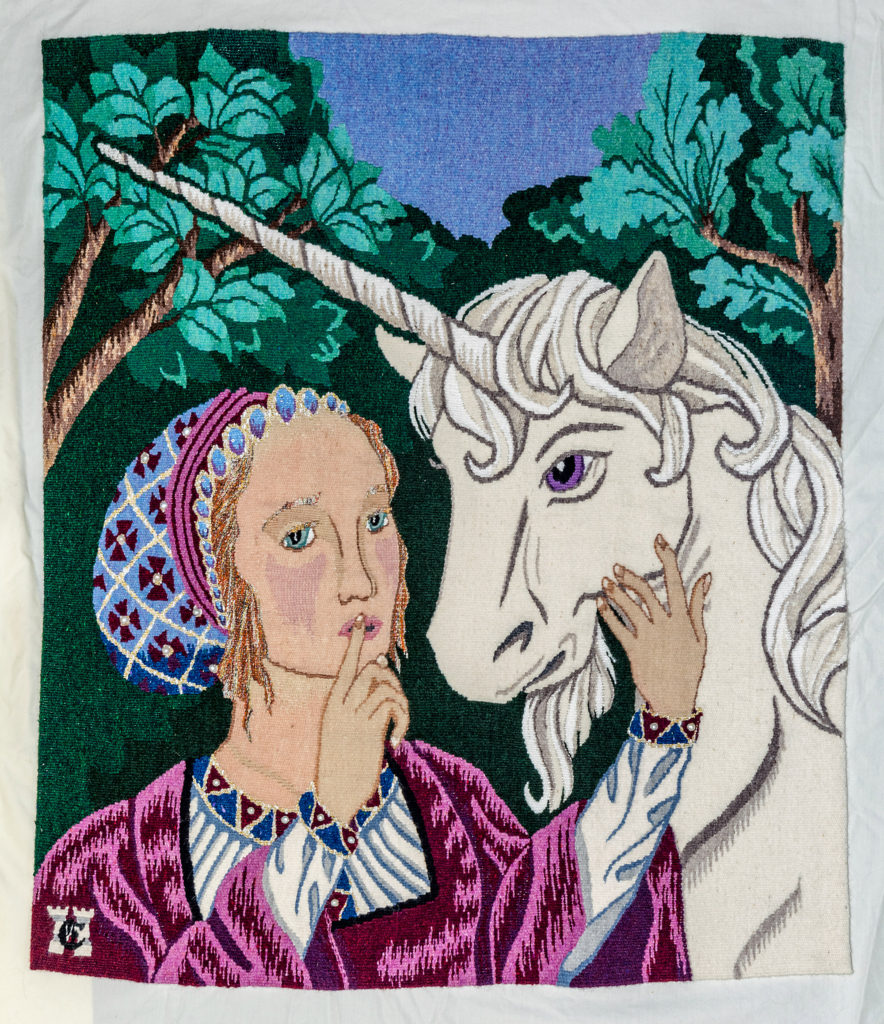
Excerpt from Writings for the Next Episode of my Design Course
There’s a light post in a dense forest. It’s winter, and snowflakes are gently catching in your hair as you climb through the backside of a forgotten wardrobe…
Grandmother is looking mighty peculiar with her long ears, large eyes, and sharp teeth as she sits in the bed. She’s wearing grandmother’s clothes, but something feels not quite right…
It was a miraculous thing indeed to find left behind only one glass slipper. Surely no one had seen such a creation before, made almost as if by sheer magic. With the shoe so slender and small, it told of a wearer most dainty and elegant. He must find here again, even if he had to try that slipper on every damsel of the kingdom…
I suspect that any one of these image-rich conjurings of classic stories (CS Lewi’s Narnia tales, Little Red Riding Hood, or Cinderella) have instantly transported you into the realm of a tale you already know. Whether from images offered you by previous storytellers, illustrators, actors, and animators come to mind (all storytellers in their own fields) or you own make-believe, images are part of stories. They enrich the tale, bringing it to life in flesh and blood and folds of fabric or bristles of fur.
What if I told you that images are stories too, or talismans to story? Our oldest surviving images are infused with the remembrance of story, and images today can carve new tales or enhance, push against, or challenge existing ones. While, on the surface, an image may appear to be just that—a picture or representation of something seen—there are many and deep layers of meaning making that intersect and are enhance by a storytelling heart.
Fortunately, it’s not hard to tap into your storytelling side—we all have it. Stories are part of how we store memories, how we make sense of complex concepts like identity, place, and belonging. Stories are part of how we understand where we’ve come from and where we’re headed next. It’s literally part of how our human brains are wired. These stories might predominate with words, images, symbols, or a combination depending on the nuances of that wiring, but the baseline is still there. We are primed for story and seek it out on the journey of understanding and meaning making.
My own love of story began very early, with my mother’s dedication to reading aloud to my little sister and me. We churned our way through countless books together, in every genre. We solved murders with Hercule Perot, fought ferrets and stoats with Matthias of Redwall, journeyed west with Laura Ingalls Wilder, and tested our resilience with Juniper and Wise Child. We listened to audio books in the car on endlessly long commutes and trips, and we regularly checked out the maximum number of books permitted by our public library.
As I grew into adolescence, this love of story shifted onto a growing interest in history, with its diverse characters, settings, and plots that not only allowed me to consider the experiences of ancestors in time past but also gain a more nuanced understanding of how we got to now. I was forever the child asking, “Where does that come from?” or “How did that get started?”
I found that if I could turn a concept into a story, I could remember it. You’ve likely witnessed me using that method in my classes, offering stories that intersect with what we’re doing to help contextualize and solidify why something is the way it is.
The most powerful and impactful visual art I’ve ever experienced uses these same storyteller skills to reach us, transport us, make us think, make us wonder, help us heal, and so much more. They are not just a thing on the wall—they are so much more, a world unto themselves, and invitation to come close and reach deeper.
Understanding how this works in the world of design can take something that elicits an “oh that’s nice” response in the viewer to an “oh, wow” moment. It can make them stop and look and look, wanting to know more, wanting to take that journey with you, finding a piece of their own story amidst what you are seeking to express.
Embracing the power of story within images is not a mainstream way to think about design, but it is one of my favorites—a rabbit hole that just goes and goes and goes as you learn more about how this has been used throughout history and in different cultures. It’s like learning a new language (a visual language) that shows how images can be teachers, protectors, guides, healers, adversaries, and conduits for narrative. Let’s begin to peel back those layers and see how bringing out our inner storyteller can transform and strengthen our designs.

Continue the Journey and Learn More About this Course
“The Story in the Image” is part three of my five-piece course on design, which launches in September! Follow the link below to learn more and register.
